2026 Olympic and Paralympic Torches: in Carlo Ratti's minimalism ‘the flame is the protagonist’
The 2026 Olympic and Paralympic Torches for the upcoming Milano Cortina Games have been revealed, designed by architect Carlo Ratti to highlight the Olympic flame
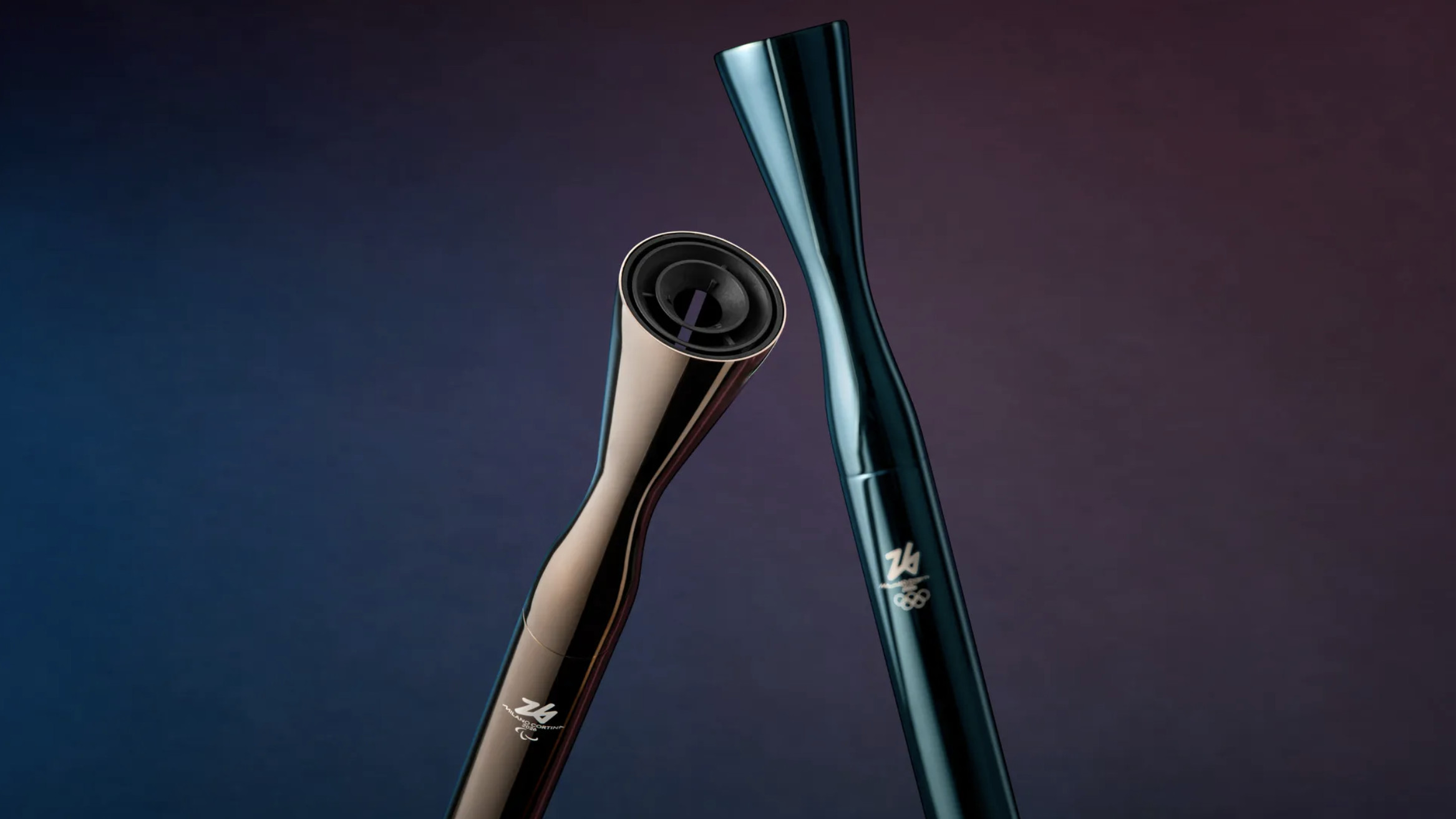
Carlo Ratti has designed the 2026 Olympic and Paralympic Torches for the upcoming Milano Cortina games. Titled Essential, his design has just been revealed, crafted using a minimalist approach that celebrates high technical innovation, while making sure the Olympic flame remains the undisputed ‘protagonist’.
The architect, curator and educator has been having a moment; he’s been busy putting together the Venice Architecture Biennale 2025, which is set to open next month, and he has also been behind the French Pavilion at the 2025 Expo Osaka (together with Coldefy), which opened this weekend. The torch design cements his contribution in the coming Winter Olympics, too, which will take place next year in his home country.
2026 Olympic and Paralympic Torches: Carlo Ratti's design
Talking to us about his plans for the biennale earlier in the year, Ratti discussed his architectural approach, which aims to balance the natural and the artificial; innovative design and technology, and the beauty and harmony found within the natural world. He said at the time: ‘One of the key things to look at today is how architecture can bridge the natural and the artificial. Linking the two worlds is, I think, something that's particularly important today.’

His take on the torch design draws on the same principles. Produced by Cavagna, the piece is 100 per cent made in Italy. It will be made from a reflective recycled aluminium and brass alloy, which was chosen to mirror the scenery around it, telling the story of the flame’s journey, while its burner fuel will be a bio-LPG that uses renewable raw materials, such as cooking oil. The Olympic and Paralympic torches have distinctive colour tones, too – blue-green and bronze respectively.
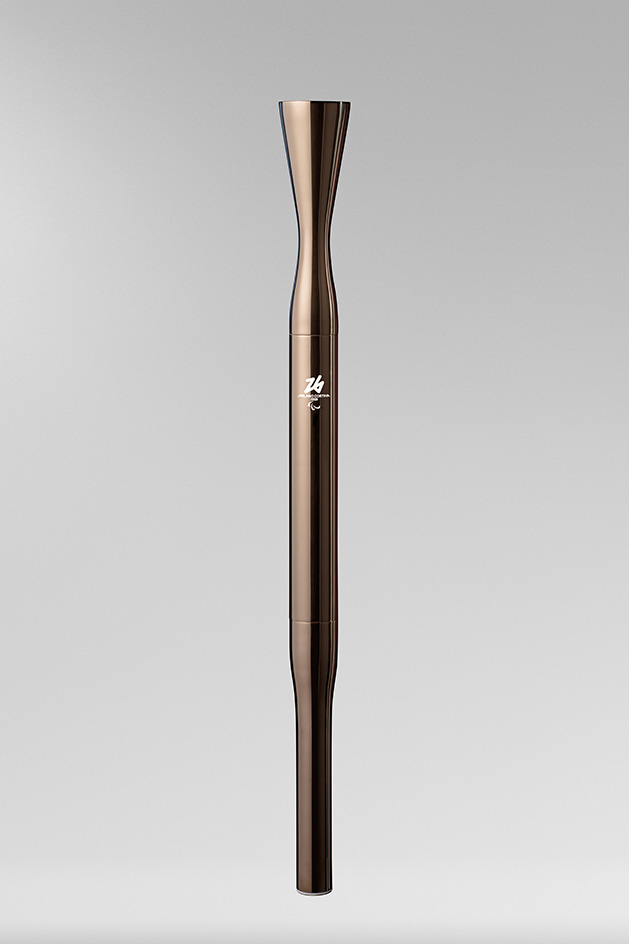
‘We understood from the very start that what’s important isn’t the torch, but the flame. So we started to think how we could avoid designing the torch in a way, and emphasize the power and beauty of the flame instead,’ says Ratti about the torch design specifically. ‘When it comes to the Olympic torch, the core is something that’s very sophisticated but the design exercise is usually about covering it, similar to car design where you build something around the engine. What we wanted to do is to minimize what we put around the core, and not to do something redundant for the sake of form.’
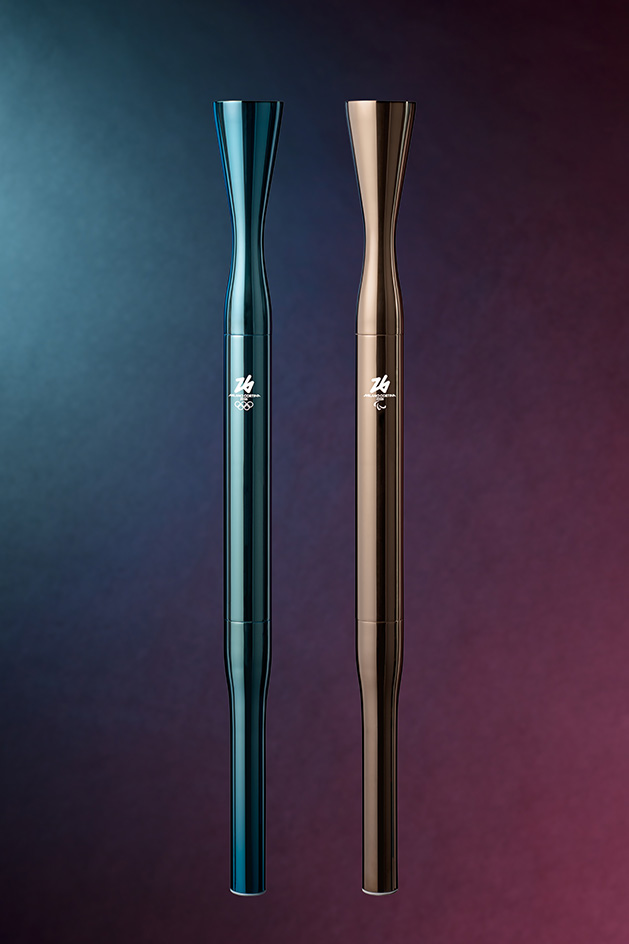
Created by Ratti's Milan-based studio, Carlo Ratti Associatti, the torches were developed with Eni, the partner providing the energy for the Milano Cortina 2026 Olympic and Paralympic Winter Games, in collaboration with its subsidiary company Versalis (also an official supporter of the 2026 Games).
‘When people think about Italy they think about innovation but usually in the past. But there is so much innovation happening today in Italy, and that’s what we wanted to bring to the design of the torch,’ says the architect. ‘For me, the Olympics is all about collaboration, and the creation of the torch was also about collaboration. In a way, the torch is a microcosm of the whole Olympics.’
Wallpaper* Newsletter
Receive our daily digest of inspiration, escapism and design stories from around the world direct to your inbox.
milanocortina2026.olympics.com
Ellie Stathaki is the Architecture & Environment Director at Wallpaper*. She trained as an architect at the Aristotle University of Thessaloniki in Greece and studied architectural history at the Bartlett in London. Now an established journalist, she has been a member of the Wallpaper* team since 2006, visiting buildings across the globe and interviewing leading architects such as Tadao Ando and Rem Koolhaas. Ellie has also taken part in judging panels, moderated events, curated shows and contributed in books, such as The Contemporary House (Thames & Hudson, 2018), Glenn Sestig Architecture Diary (2020) and House London (2022).
-
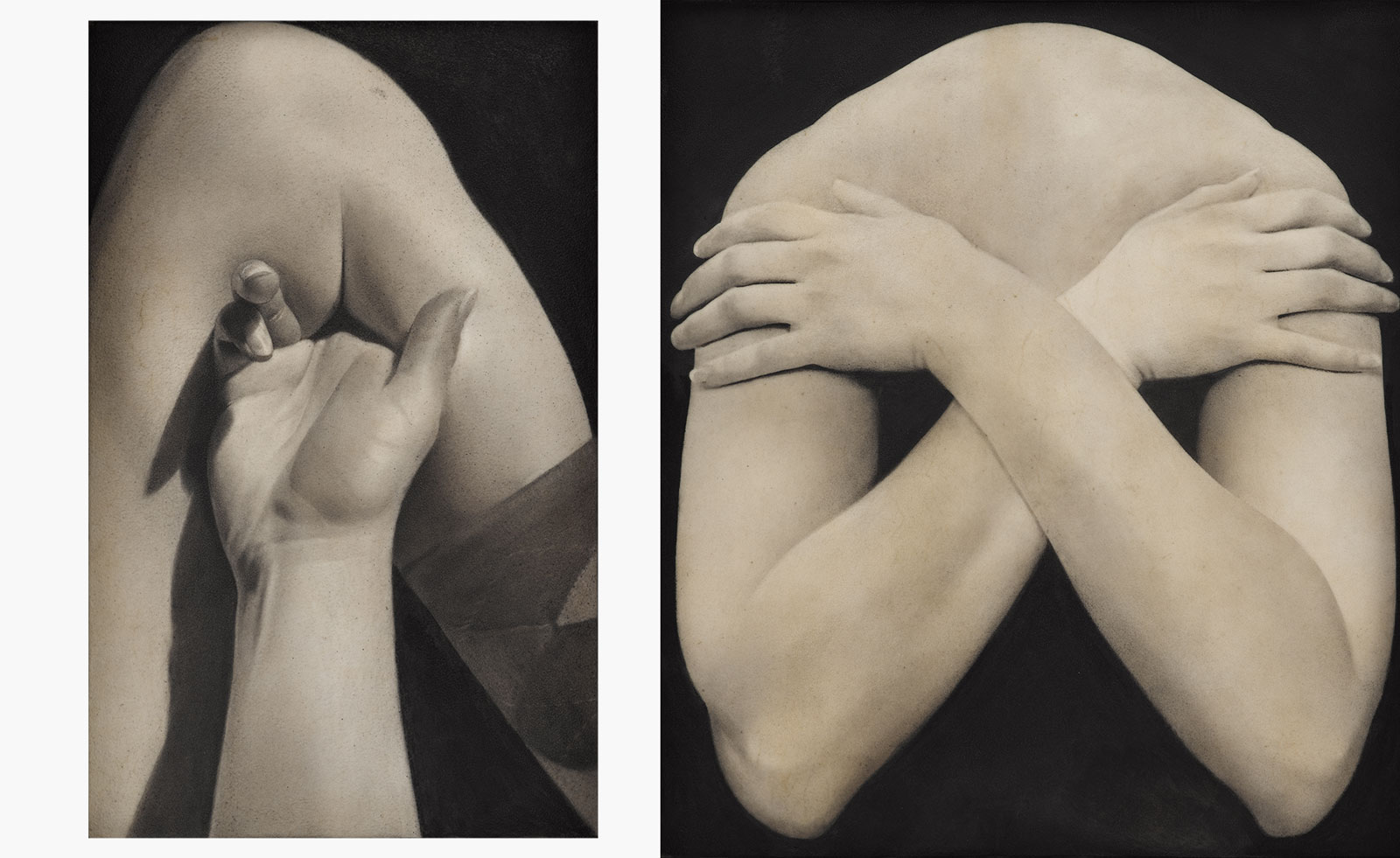 Put these emerging artists on your radar
Put these emerging artists on your radarThis crop of six new talents is poised to shake up the art world. Get to know them now
By Tianna Williams
-
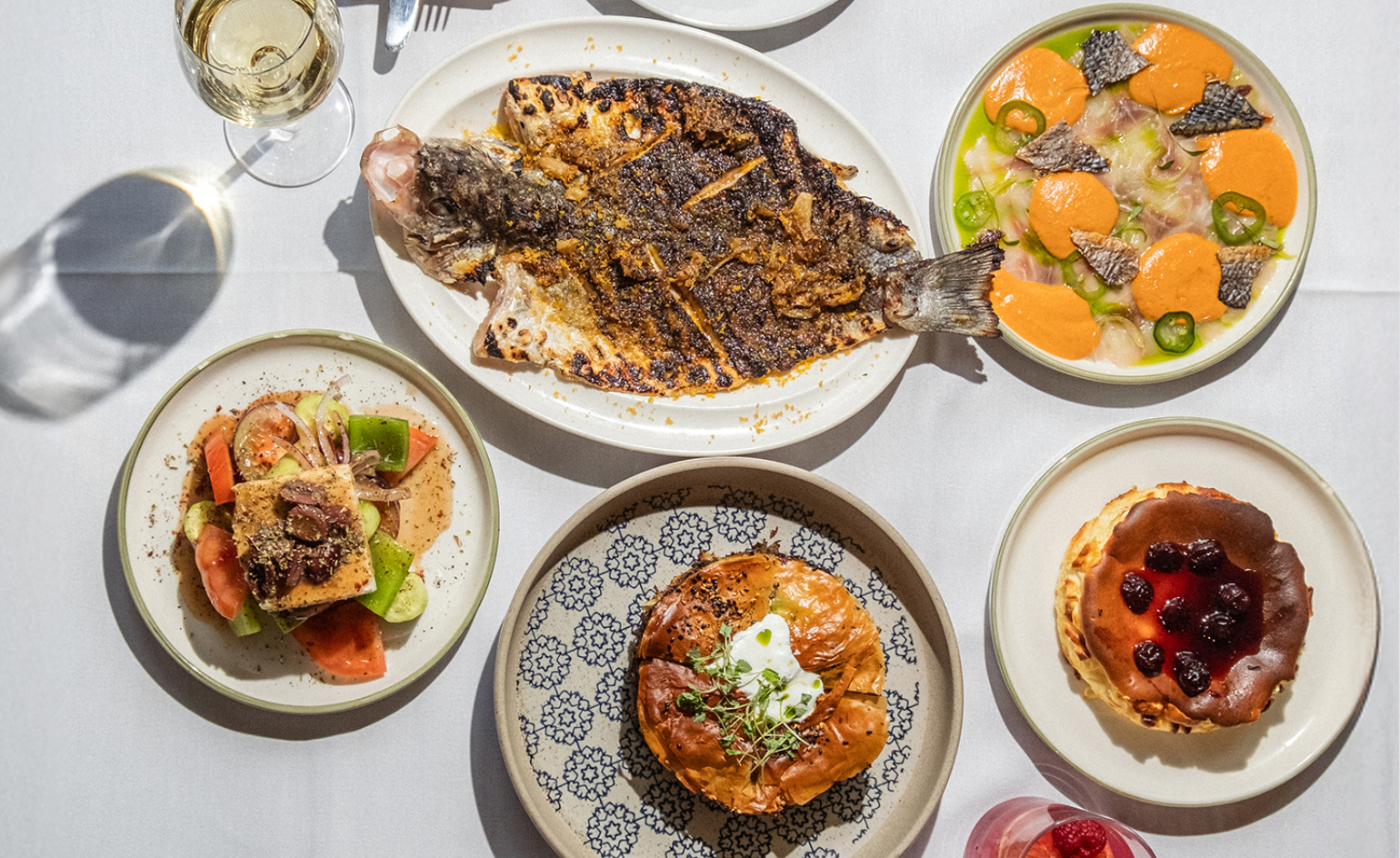 Dining at Pyrá feels like a Mediterranean kiss on both cheeks
Dining at Pyrá feels like a Mediterranean kiss on both cheeksDesigned by House of Dré, this Lonsdale Road addition dishes up an enticing fusion of Greek and Spanish cooking
By Sofia de la Cruz
-
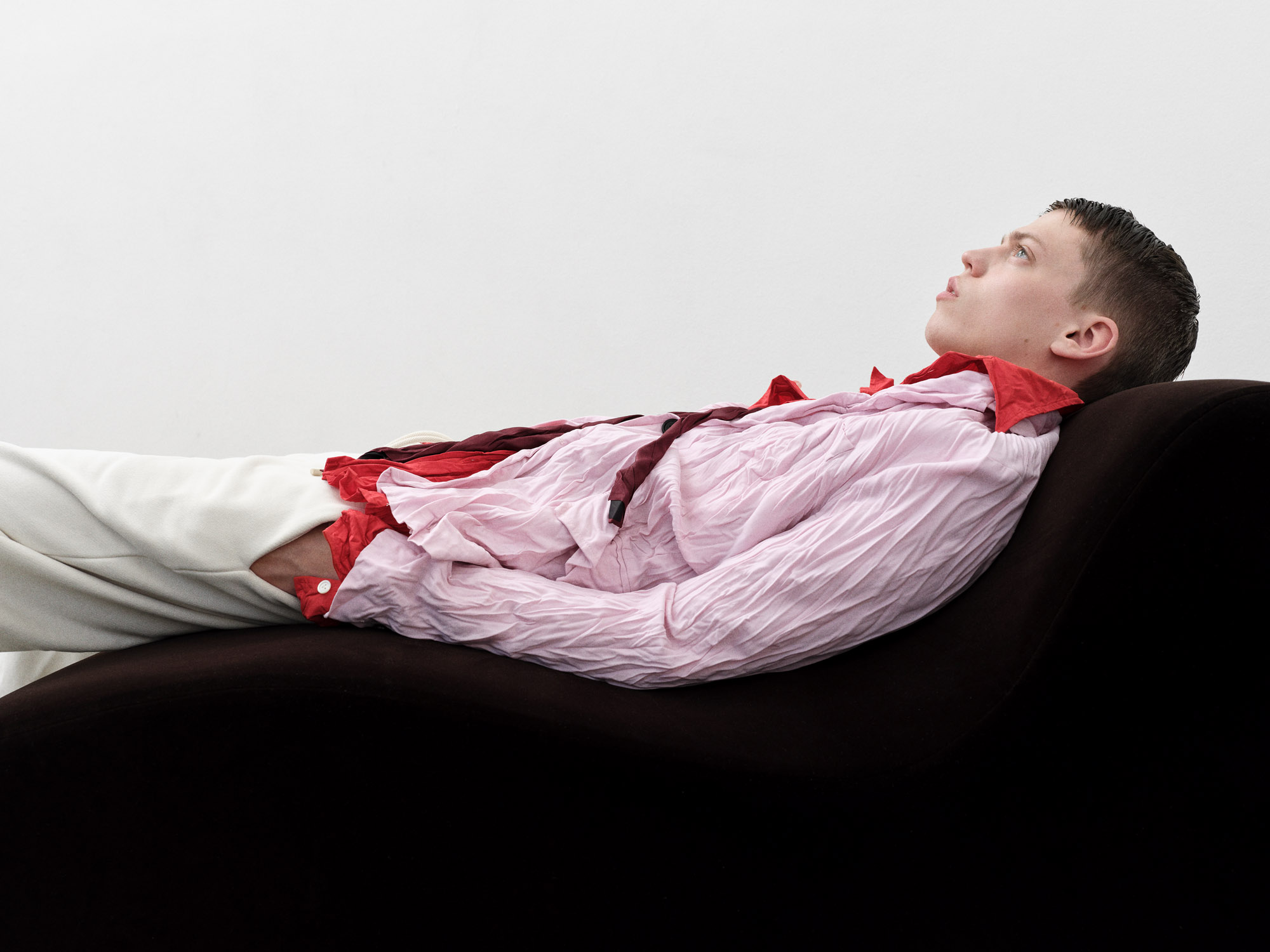 Creased, crumpled: S/S 2025 menswear is about clothes that have ‘lived a life’
Creased, crumpled: S/S 2025 menswear is about clothes that have ‘lived a life’The S/S 2025 menswear collections see designers embrace the creased and the crumpled, conjuring a mood of laidback languor that ran through the season – captured here by photographer Steve Harnacke and stylist Nicola Neri for Wallpaper*
By Jack Moss
-
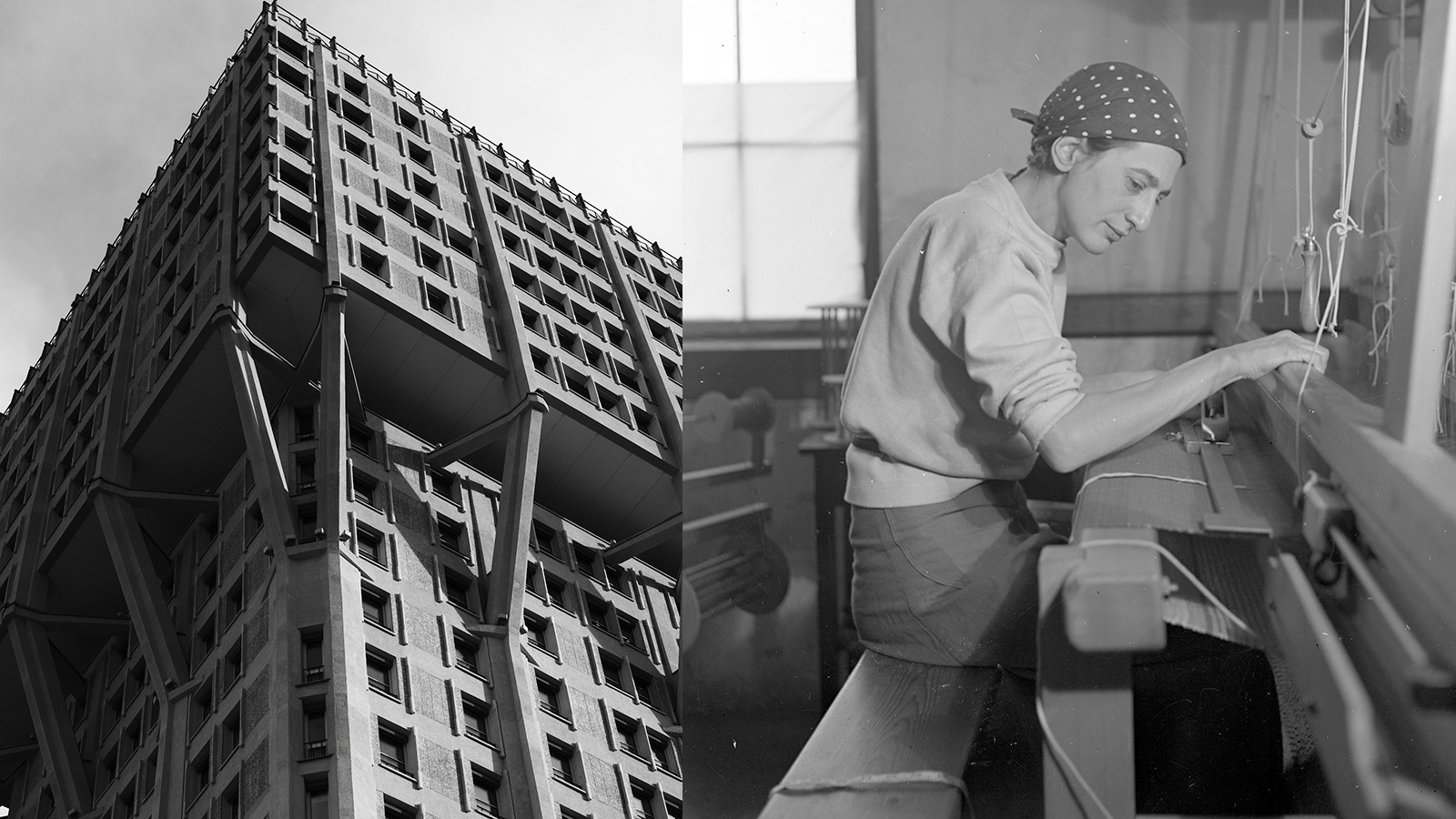 Anni Albers' weaving magic offers a delightful 2-in-1 modernist showcase in Milan
Anni Albers' weaving magic offers a delightful 2-in-1 modernist showcase in MilanA Milan Design Week showcase of Anni Albers’ weaving work, brought to life by Dedar with the Josef & Anni Albers Foundation, brings visitors to modernist icon, the BBPR-designed Torre Velasca
By Ellie Stathaki
-
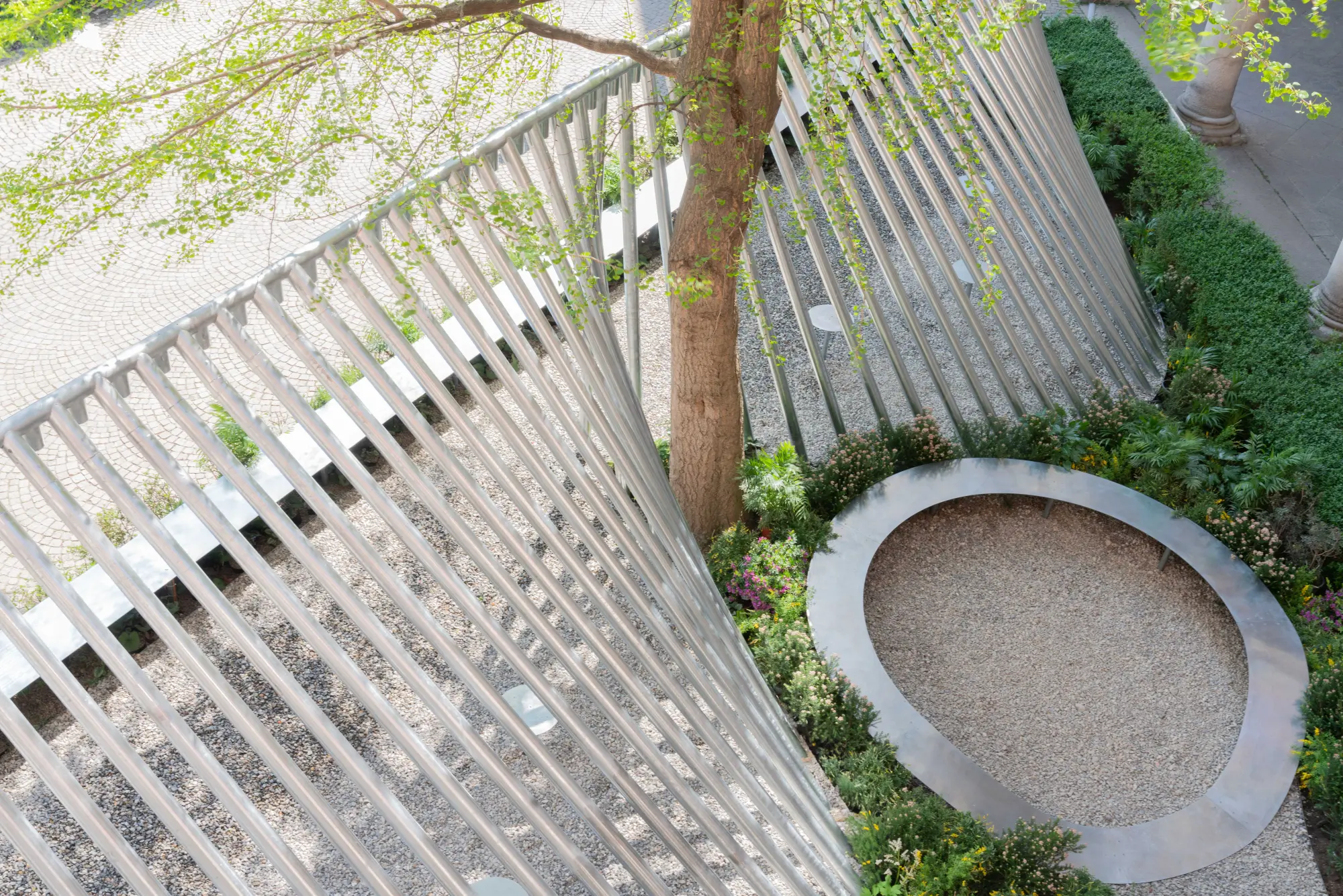 Milan Design Week: ‘A Beat of Water’ highlights the power of the precious natural resource
Milan Design Week: ‘A Beat of Water’ highlights the power of the precious natural resource‘A Beat of Water’ by BIG - Bjarke Ingels Group and Roca zooms in on water and its power – from natural element to valuable resource, touching on sustainability and consumption
By Ellie Stathaki
-
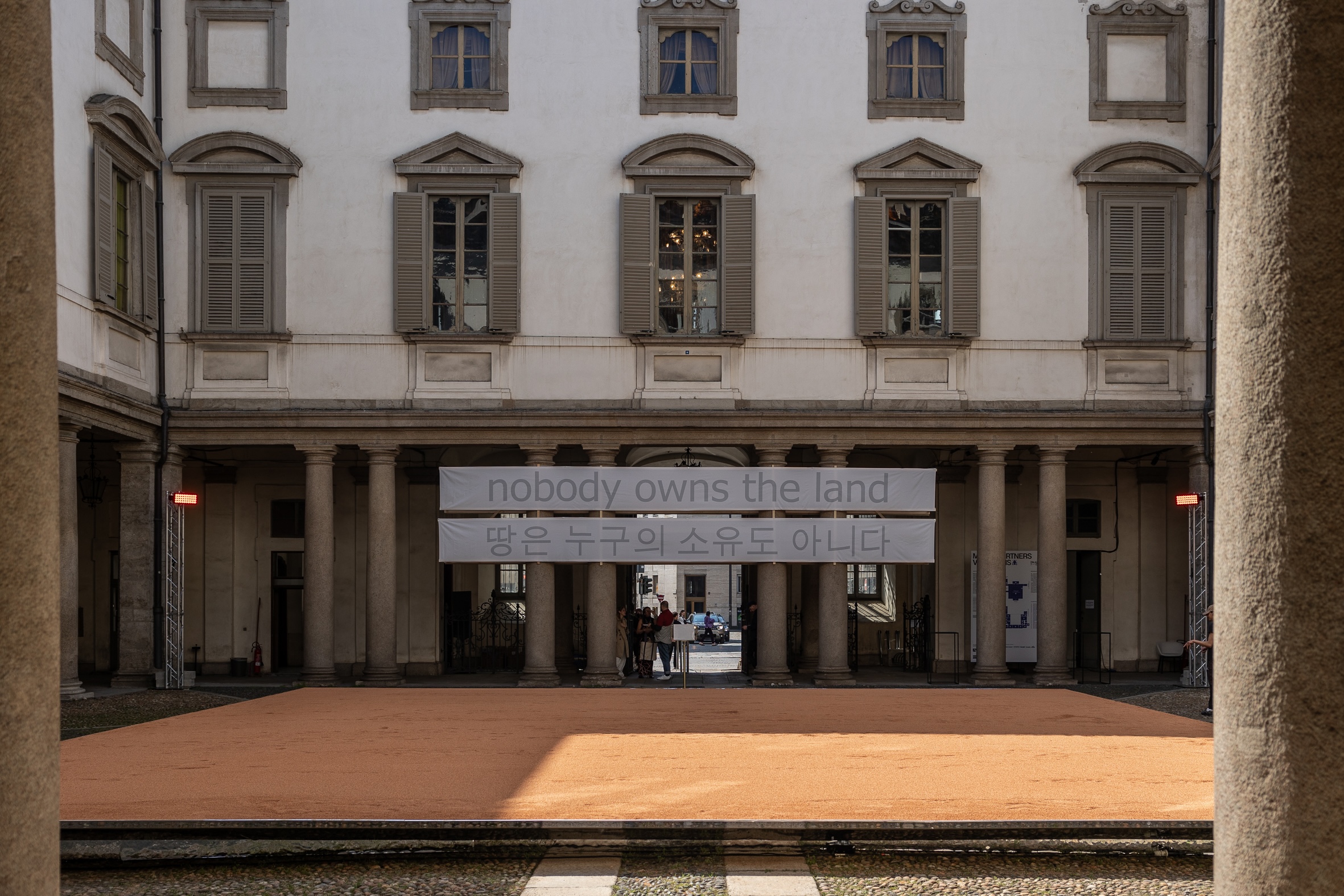 This Milan Design Week installation invites you to tread barefoot inside a palazzo
This Milan Design Week installation invites you to tread barefoot inside a palazzoAt Palazzo Litta, Moscapartners and Byoung Cho launch a contemplative installation on the theme of migration
By Ellie Stathaki
-
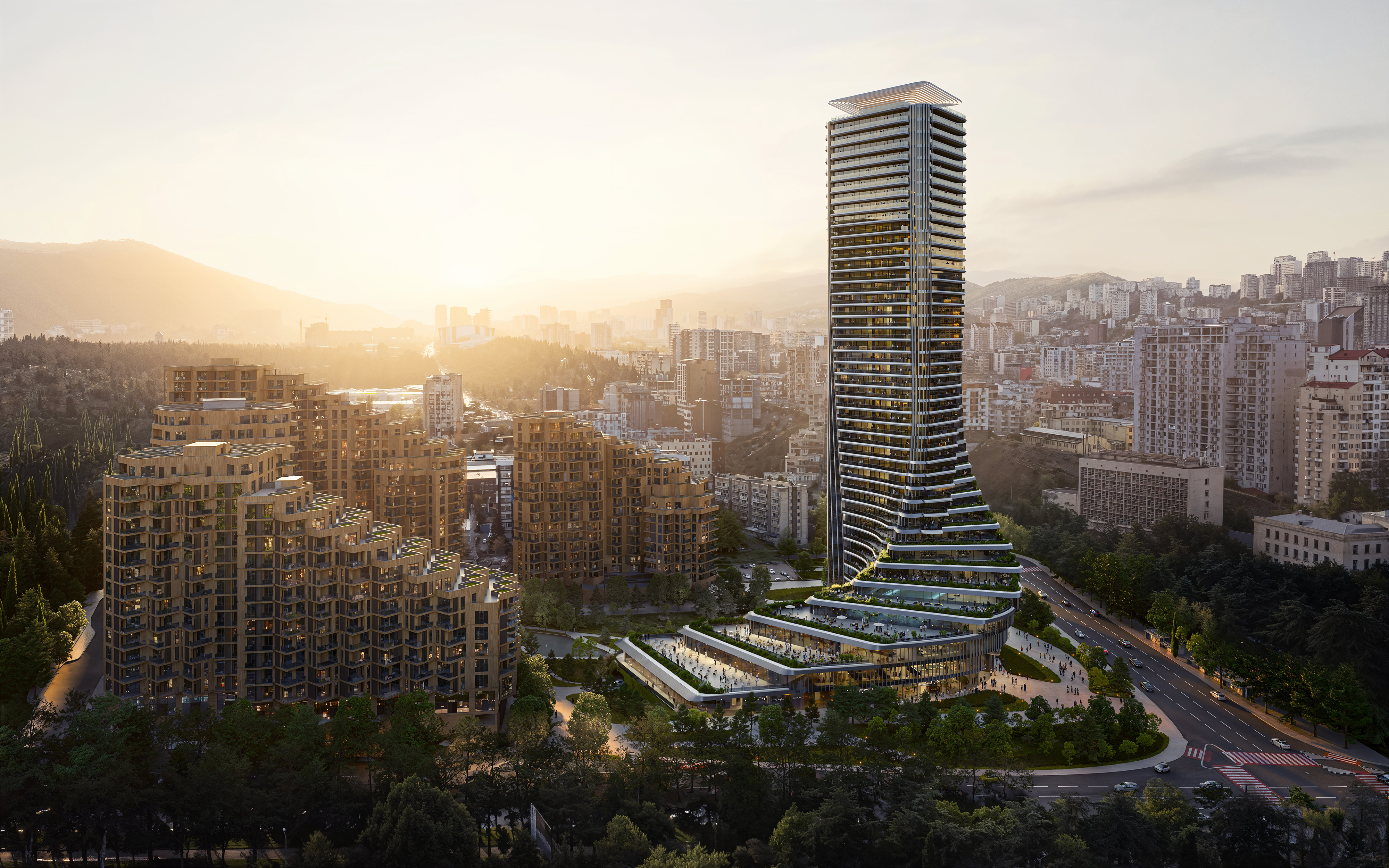 The upcoming Zaha Hadid Architects projects set to transform the horizon
The upcoming Zaha Hadid Architects projects set to transform the horizonA peek at Zaha Hadid Architects’ future projects, which will comprise some of the most innovative and intriguing structures in the world
By Anna Solomon
-
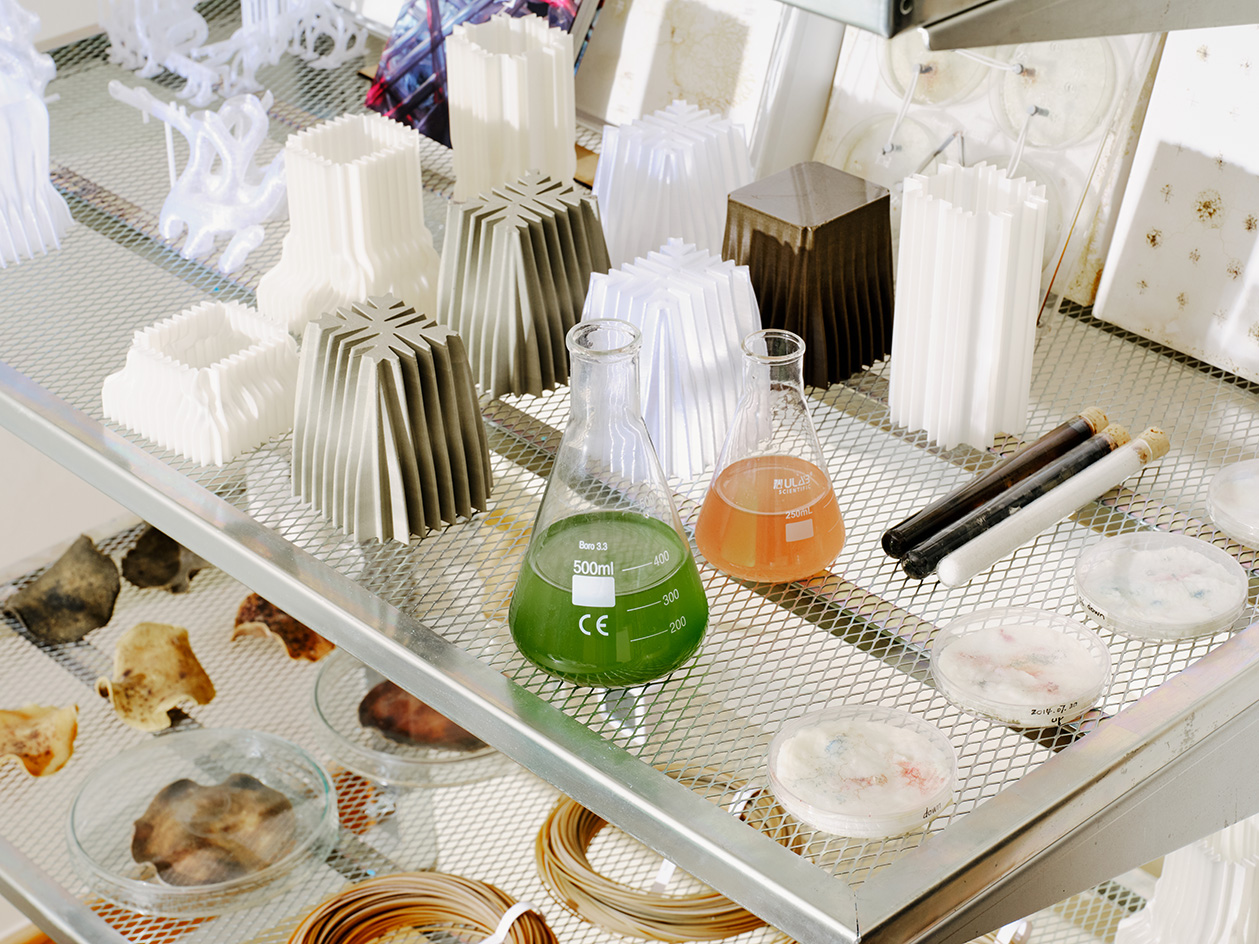 Is biodesign the future of architecture? EcoLogicStudio thinks so
Is biodesign the future of architecture? EcoLogicStudio thinks soWe talk all things biodesign with British-Italian architecture practice ecoLogicStudio, discussing how architecture can work with nature
By Shawn Adams
-
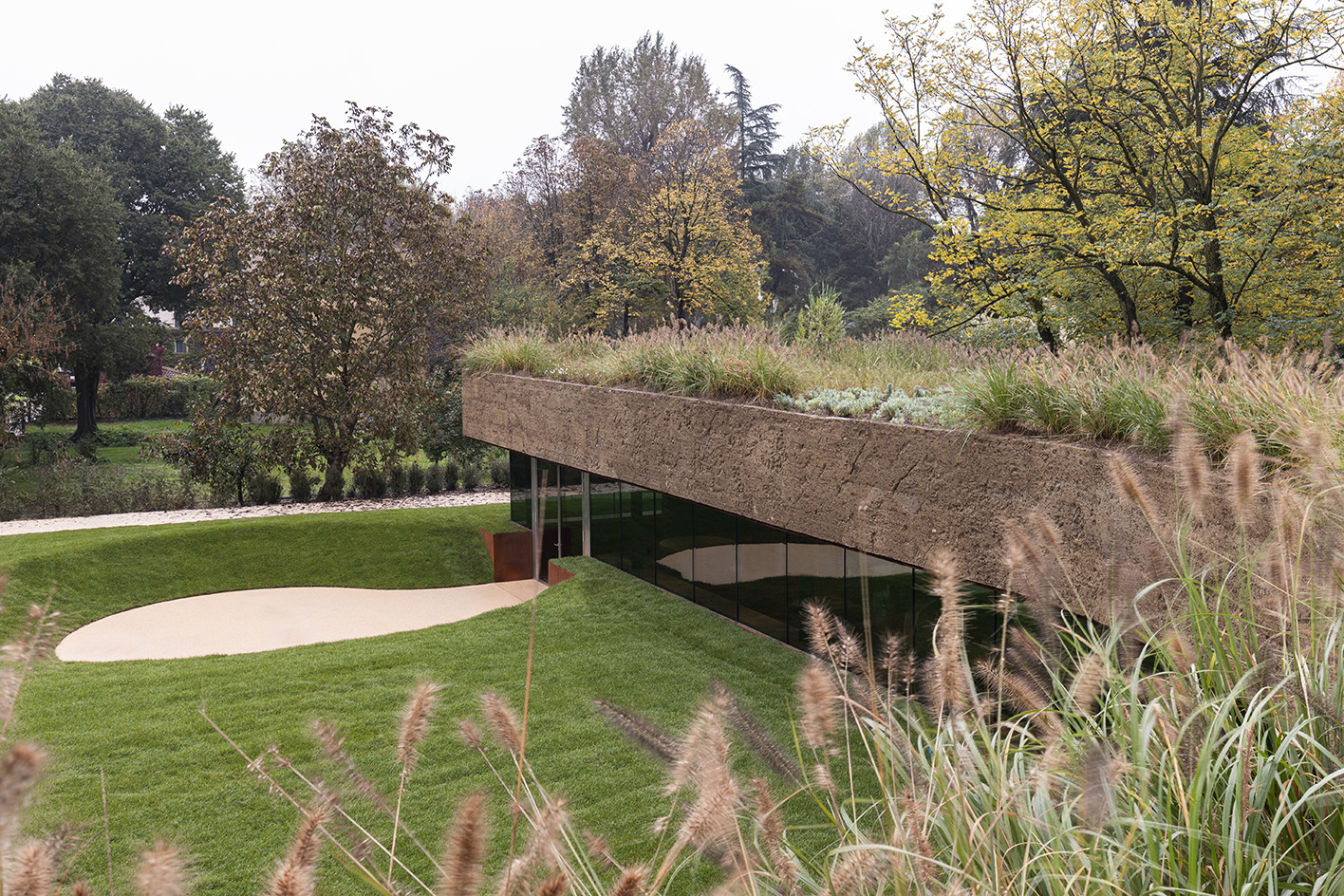 Meet Carlo Ratti, the architect curating the 2025 Venice Architecture Biennale
Meet Carlo Ratti, the architect curating the 2025 Venice Architecture BiennaleWe meet Italian architect Carlo Ratti, the curator of the 2025 Venice Architecture Biennale, to find out what drives and fascinates him ahead of the world’s biggest architecture festival kick-off in May
By Ellie Stathaki
-
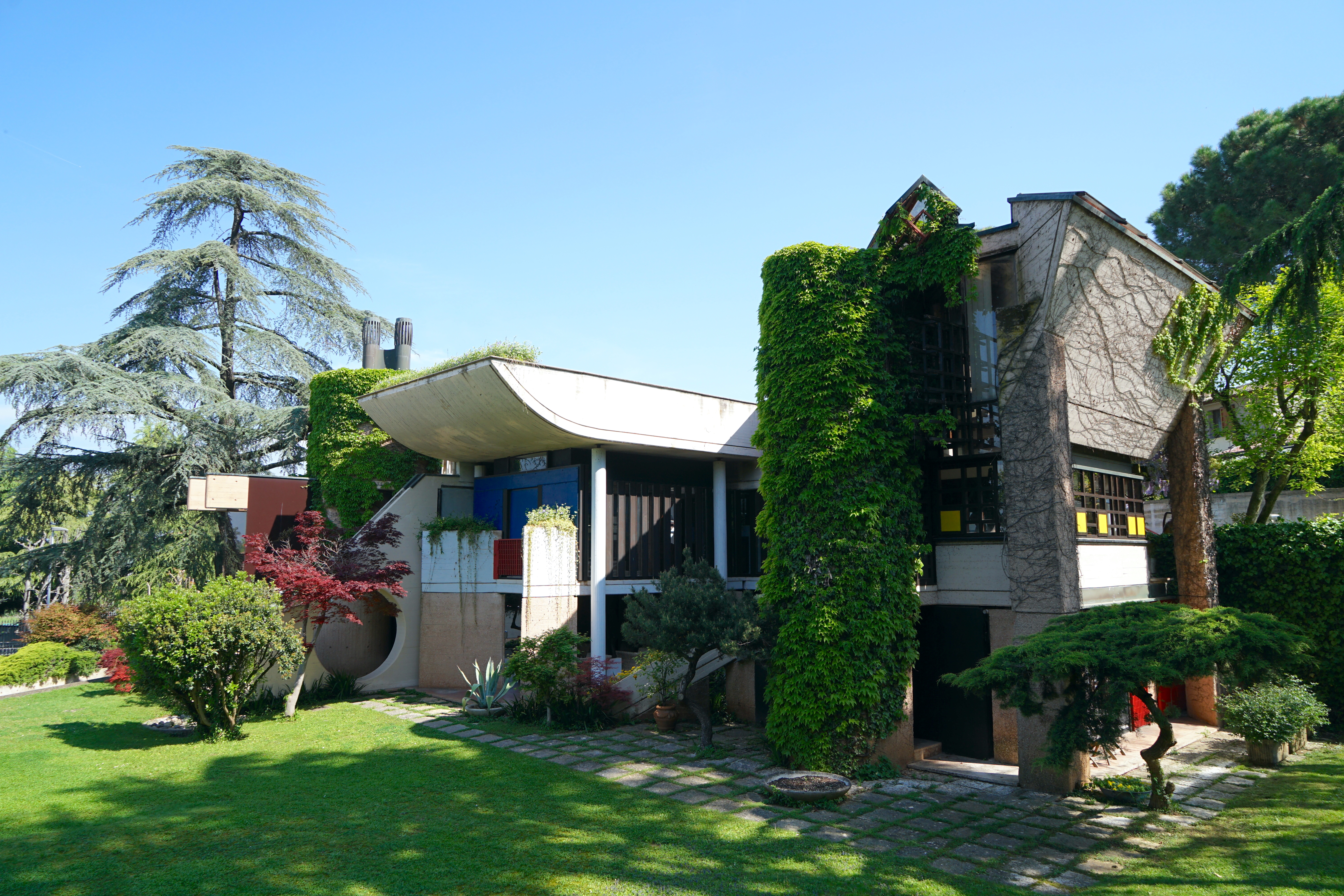 The brutal harmony of Villa Caffetto: an Escheresque Italian modernist gem
The brutal harmony of Villa Caffetto: an Escheresque Italian modernist gemThe Escheresque Italian Villa Caffetto designed by Fausto Bontempi for sculptor Claudio Caffetto
By Adam Štěch
-
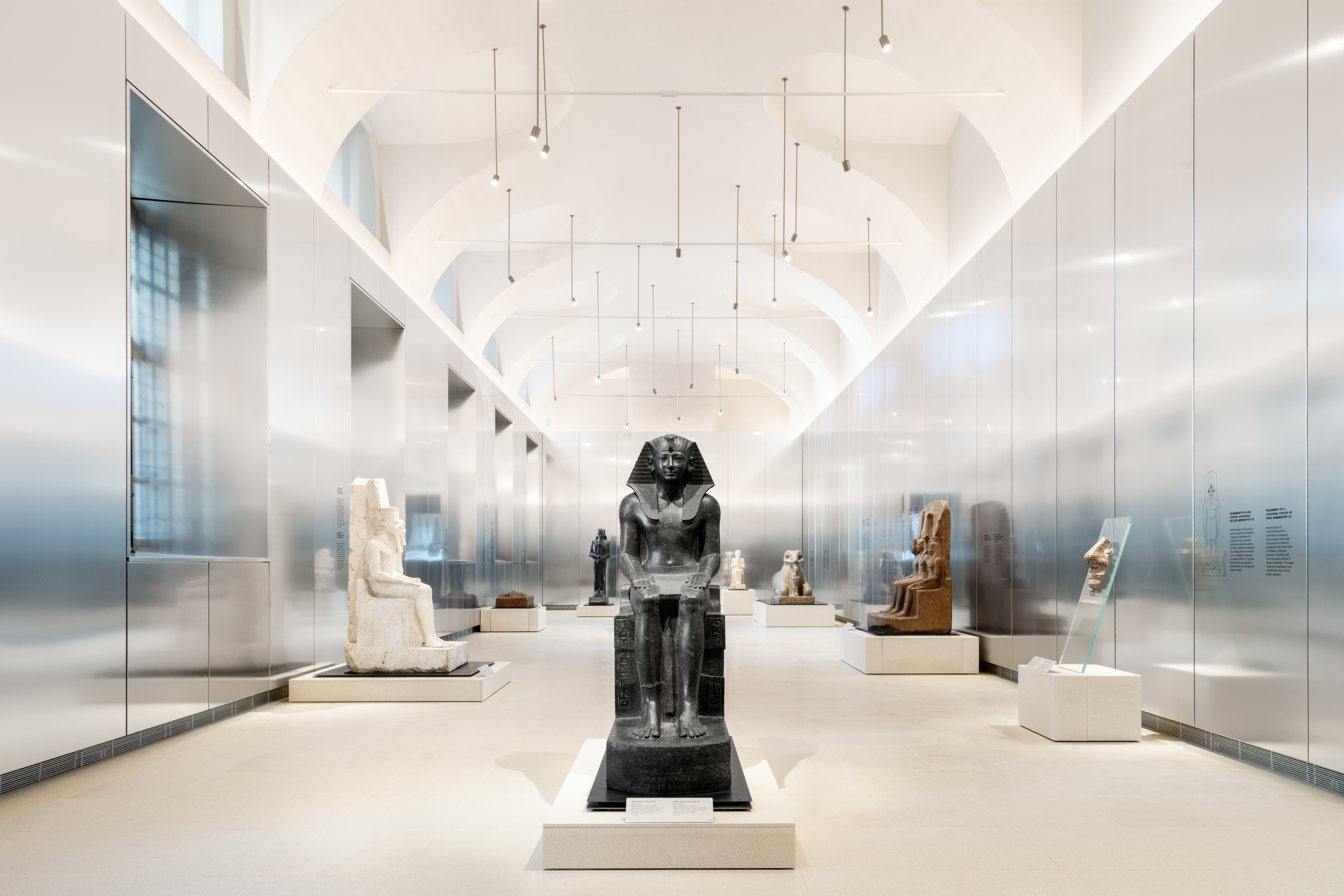 Turin’s Museo Egizio gets an OMA makeover for its bicentenary
Turin’s Museo Egizio gets an OMA makeover for its bicentenaryThe Gallery of the Kings at Turin’s Museo Egizio has been inaugurated after being remodelled by OMA, in collaboration with Andrea Tabocchini Architecture
By Smilian Cibic